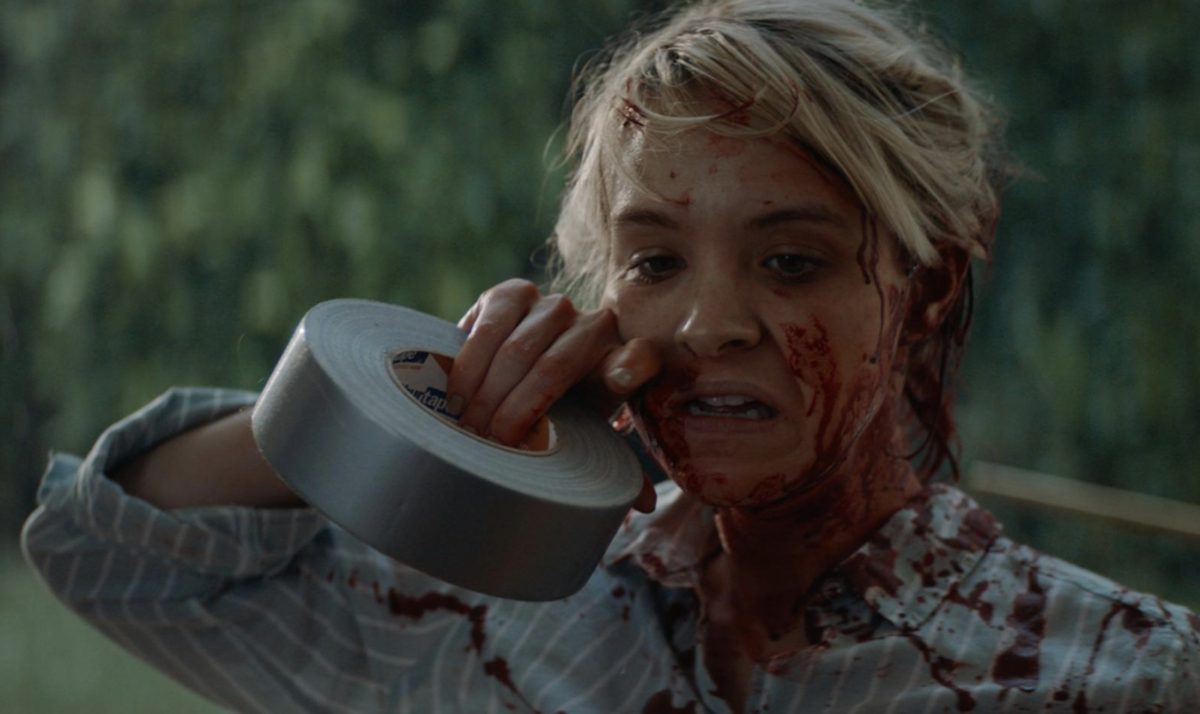Table of Contents Show
Innovative, forward-thinking, and terrifying; these are all of the things you might hope to see when you sit down to watch Shudder’s upcoming horror movie Lucky. Writer and actress Brea Grant stars in the film as a self-help author who finds herself stuck in a time loop where a strange man breaks into her home each night, and each day she is left confused by those around her who either don’t believe her or flat our refuse to help her. The movie advertises itself as a social commentary on the horrors of being a woman being harassed but never believed. Still, the movie experience comes up short, leaving viewers feeling confused, disoriented, and anything but lucky.
At first, the plot of the movie is interesting. It’s hard not to be drawn in by the likes of the horror subgenre of an endless Groundhog Day situation, and the movie starts strong by harnessing a similar comedy and absurdity tactic seen in movies like Happy Death Day. But as the movie goes on, it’s hard to stay interested in this less-than-interesting screenplay. The social commentary on the reality of being a woman makes the movie slowly feel more like a lifetime movie than an actual horror movie.
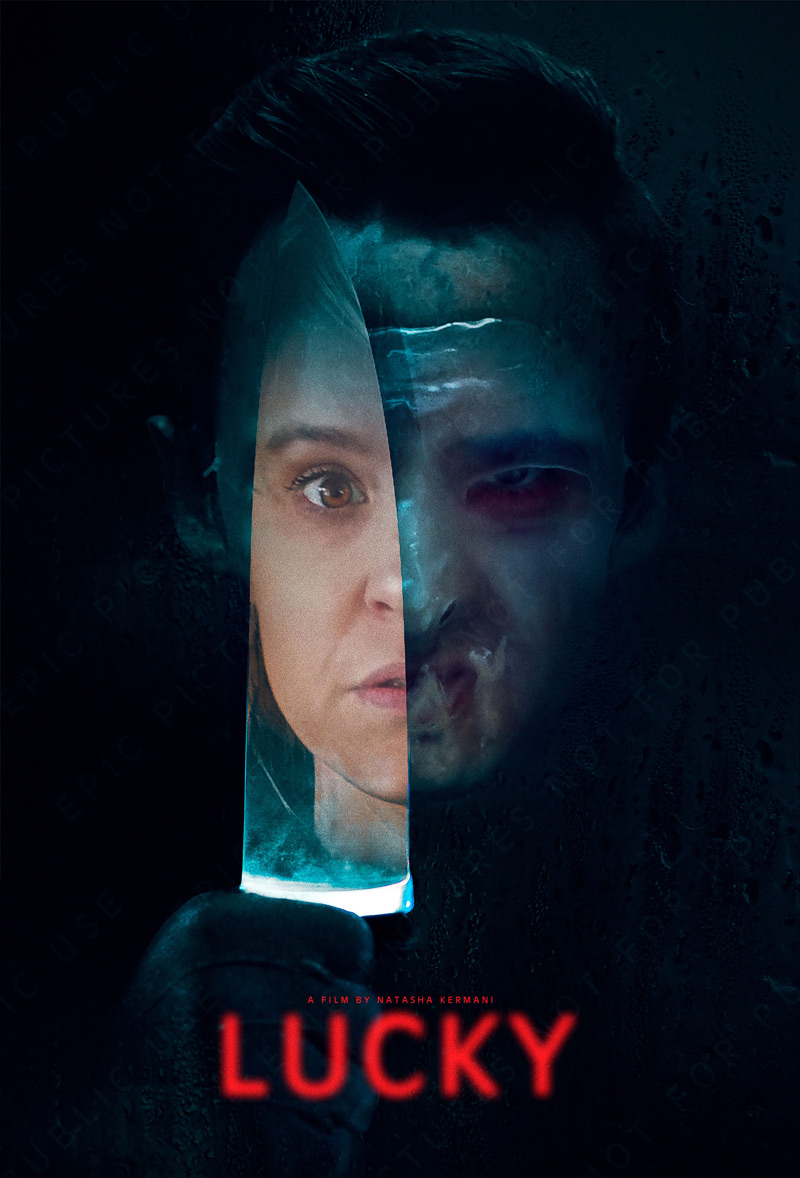
The gore and fear elements of the movie come up short, too. In what was possibly an attempt to keep the focus on the political undertones of the film, the movie puts all of its focus on Brea’s character attempting to solve her situation with her friends. In contrast, the message behind the film seems to mean well, a few seemingly pointless and disorienting moments and an ultimately cheesy message that feels out of date doom this movie to my never-watch-again list.
The Plot Of A Lucky
Brea Grant and the press team for Lucky advertise the film as a social commentary on the horrors hidden just beneath the surface of reality, a horror that centers around women being harassed, and nobody believes them. While this seems like a nice way to spend a horror plot as it brings a complex conversation about the female experience to the table, the message and its delivery feel unoriginal and anything but progressive. The movie attempts to strike a balance between remaining spooky and driving the undertones of the film home with the audience, but they fail to find a happy medium.
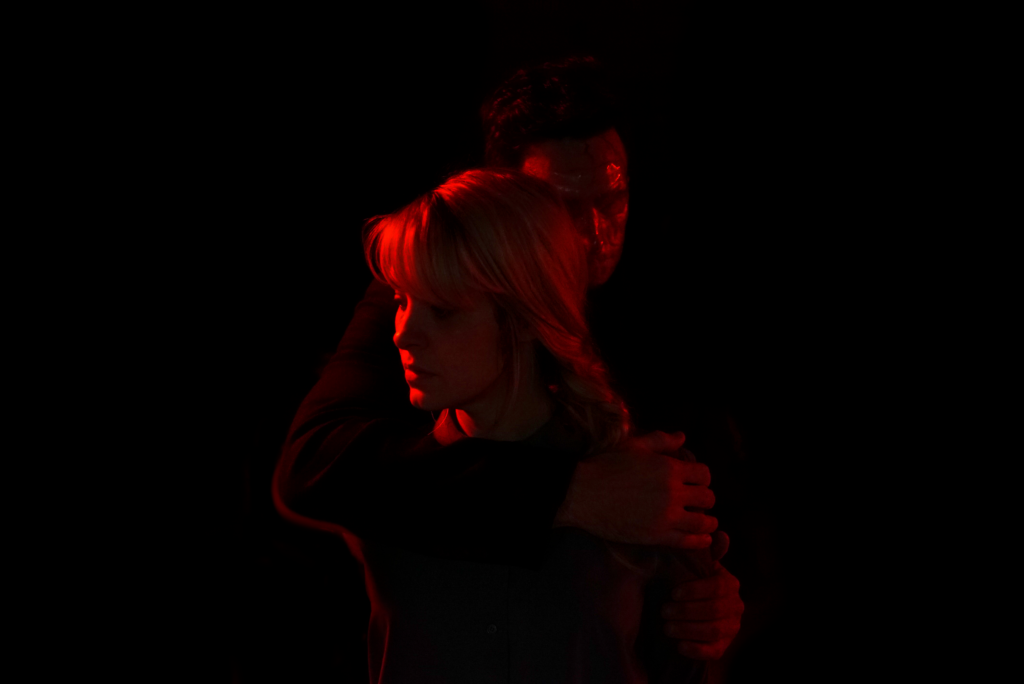
In the 1944 film Gaslight, Ingrid Bergman plays a newlywed who experiences the horrors of having a manipulative and gaslighting partner. Similar themes are approached in Lucky when Brea Grant’s character May tries to seek help for the man who is literally breaking into her house on a nightly basis trying to murder her. None of May’s friends, family, or even the cops she contacts on a daily basis believe her. This dynamic works through some of the plot by drawing attention to how absurd it is to be a victim as a woman and not have anyone believe you, but when May starts disregarding other women in an attempt to survive, the whole movie comes crashing down on its thwarted and messy script.
Almost eighty-seven years after Bergman’s character is first taught to mistrust herself and her own judgment, May takes the stage in Lucky surrounded by people attempting to gaslight her. Only May’s company isn’t as successful as Charles Boyer’s character in Gaslight. May continues to fight for her life, trying and always failing to kill the stranger in her home. As those around her continue to deny her help, May finds herself more helpless at the hands of her stalker, but the trope isn’t executed believably. Lucky hits the audience over the head with the social commentary beneath the film’s surface, and at one point, even her husband walks out on her and remains gone for most of the film.
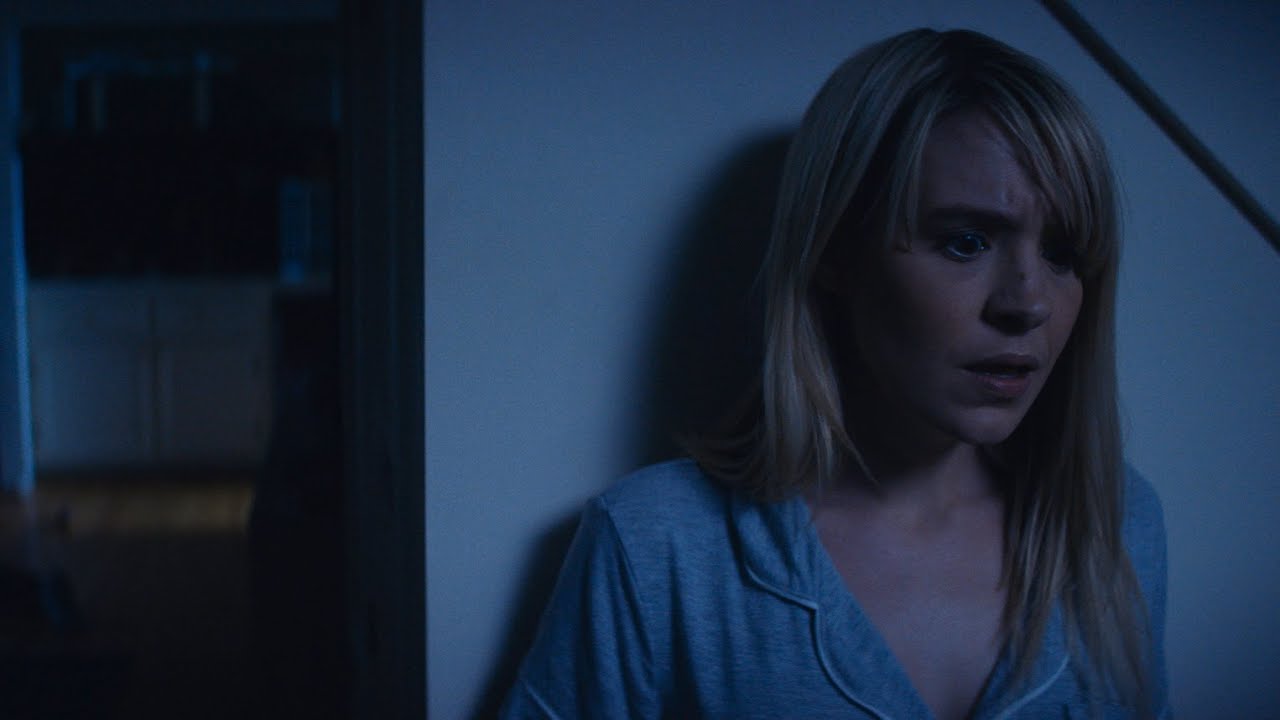
All of these factors make for a disorganized and borderline comedically bad horror film. Random plot points like May’s sister-in-law being murdered out of nowhere, May’s husband disappearing and then reappearing randomly in the back of May’s car after she just fought hand to hand combat with her stalker, and May dramatically confessing to infidelity for ten or so minutes of the movie make for a laugh out loud bad film plot. Even with a better plot, the movie does not explore new themes. The commentary beneath the surface comes through shallow and repetitive, making the entire movie feel like a poorly organized health-ed movie you might watch about the horrors of being a woman in today’s society.
An Attempt At A Progressive Narrative
In an attempt at an edgy social commentary on the female experience, Brea Grant’s screenplay delivers nothing but disappointment. Issues of race are ignored throughout the film, raising the question of how white this feminist movie is meant to be. At the end of the film, it is revealed in a messy montage that all of the women in this surreal, borderline sci-fi movie universe have their very own stalker who tries to kill them daily. In the montage, May can be seen running past and pushing down a variety of her company from earlier in the movie, but a big issue with the movie’s inclusivity seems to unintentionally make its position clear on the issues of BIPOC womxn experiencing harassment like May’s.
In 2006, Tarana Burke started the #metoo movement to emphasize the collective experience of females with shared experiences with male harassment worldwide. In 2013, Mikki Kendall coined the hashtag #solidarityisforwhitewomen to bring attention to the disproportionately white activism in regards to the feminist movement. By Lucky focusing on a white female character’s experience while she is surrounded by a diverse cast composed of primarily BIPOC actors, the narrative seems to take a stance on issues facing diversity in feminism. While May comes out unscathed in the end, successfully unmasking her stalker to reveal a weird, always changing identity, which probably aims to comment on how all men are the enemy, most of her female counterparts in the film are brutally murdered on screen.
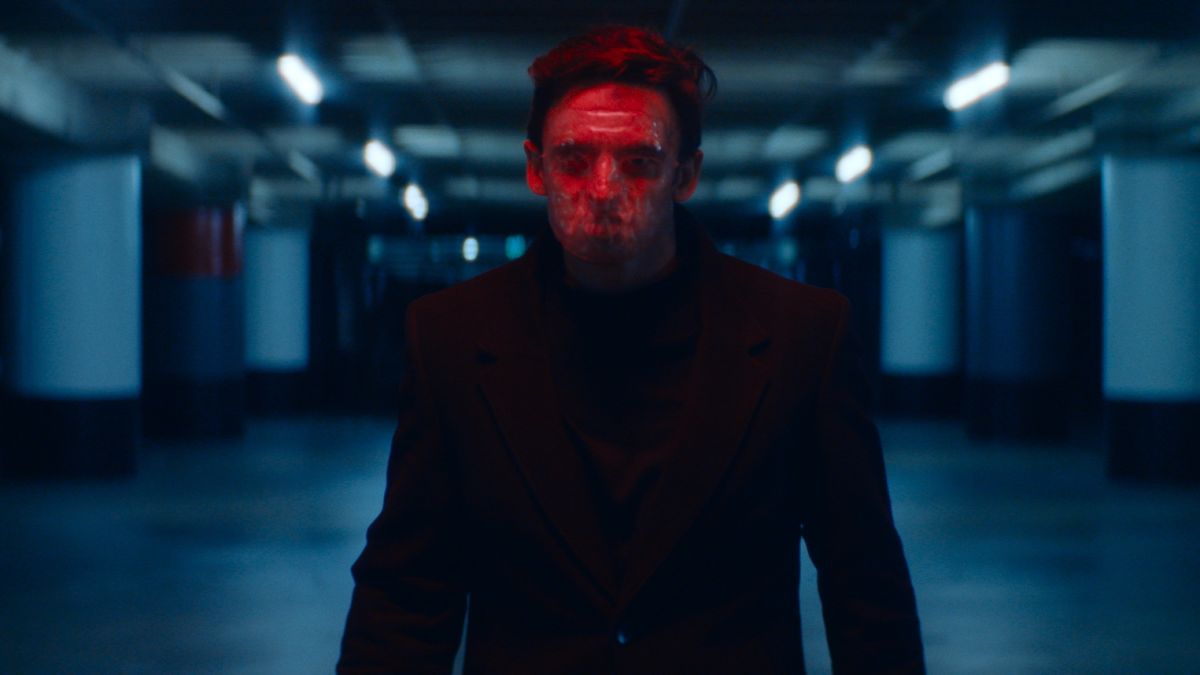
May’s sister-in-law, portrayed by Bengali and Pakistani actress Kausar Mohammed, is seemingly murdered without cause towards the end of the film by May’s stalker. May’s assistant, portrayed by Arab actress Yasmine Al-Bustami, is brutally murdered on screen while May runs for her life. Even May’s husband, portrayed by actor Dhruv Uday Singh, is murdered by her stalker randomly in the last few minutes of the movie. While these plot points could actually become the disproportional focus on the white experience, the movie’s poor plot and messy writing seem to suggest otherwise. The movie attempts to make an innovative and creative statement on the female experience. But in ignoring the experience of female BIPOC, it misses the mark entirely on being a collective statement on the horrors of being a female.
Is Shudder’s Lucky Worth The Watch?
The best part of Lucky was the first ten minutes, and everything covered in the first ten minutes is also seen in the trailer for the film. A messy plot dooms the movie to pointless oblivion, and the social commentary makes this movie less of a horror and more of a cheesy feature you might watch in a class assembly. This concept has a lot of potential, and when executed well, social commentary in horror can produce movies like Jordan Peele’s Get Out or M. Night Shyamalan’s Split. Compared to these movies, Lucky barely shines a light on the issues facing modern women. Ultimately, Lucky falls short with a messy plot and a social commentary exclusive to the white female experience.
Lucky is available to stream on Shudder starting March 4th, 2021.
